The electric mobility explained...from A to Z
With the launch of the new Volkswagen ID.3, e-mobility is now reality. Here are some of the key terms to better understand this revolution.
A is for AC/DC
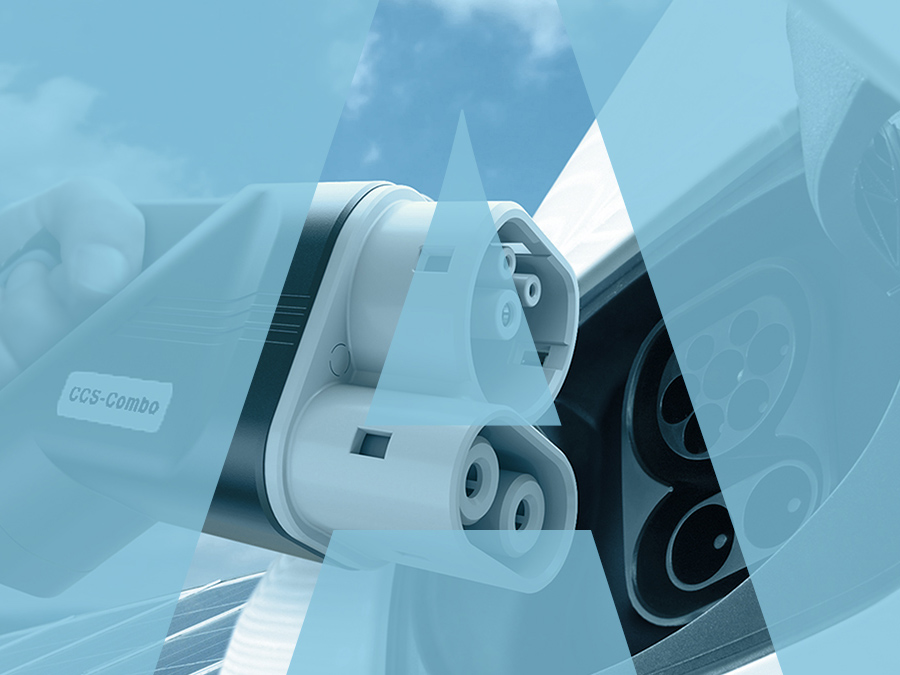
The Combined Charging System (CCS) according to European and American standards allows charging with AC alternating current (socket or wallbox) as well as DC direct current (High Power Charging). Plugs and charging cables are always permanently installed on the charging station. The great advantage of the Combined Charging System: The "2-in-1" plug – called Combo 2 – consists of a classic type 2 vehicle coupling, which is supplemented by two additional DC contacts in the lower area. Electric cars can be charged with their Combo 2 connection as well as at the AC socket at home or at the DC quick charging station while on the move and thus use almost the entire charging infrastructure.
B is for Battery Electric Vehicle (BEV)
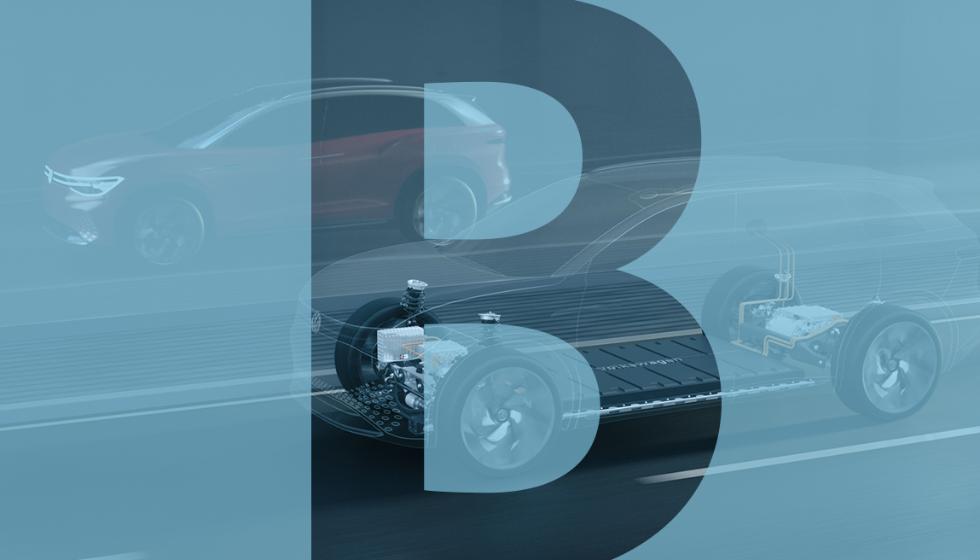
Battery Electric Vehicle (BEV) is the name given to vehicles that run exclusively on battery power. Electric vehicles contain at least one electric motor as an energy converter and an electrically rechargeable energy storage system that can be charged externally – the battery. In addition to external charging, the battery can store and use recovered braking energy. In contrast to the purely electrically operated BEV, vehicles with Plug-In Hybrids (PHEV) combine the electric motor with another drivetrain.
C is for Cobalt
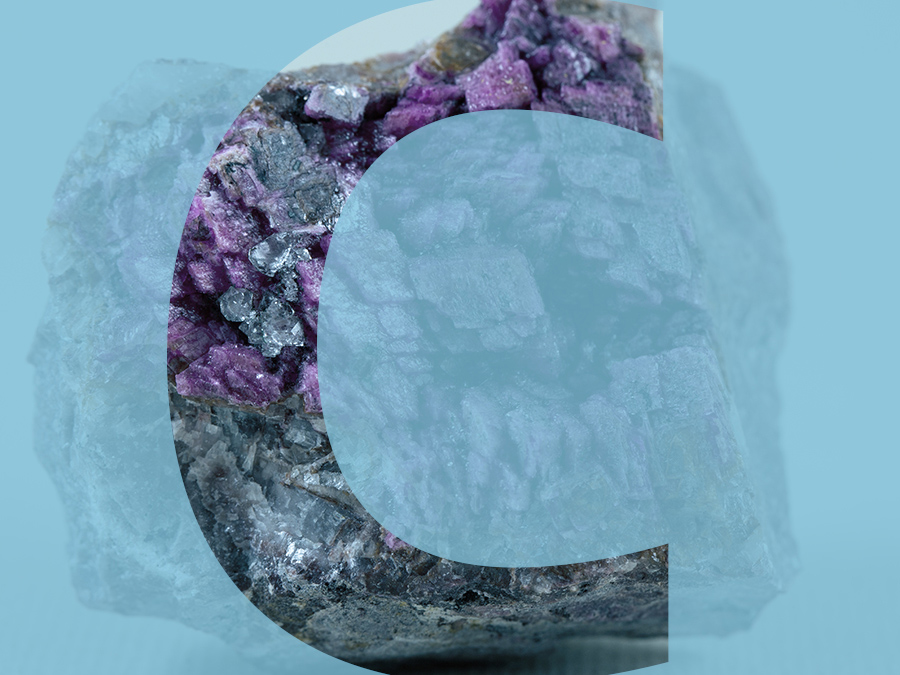
In addition to climate protection, compliance with social standards also plays a central role for Volkswagen when it comes to the resource requirements for e-mobility – especially in the responsible mining of Cobalt. Around two-thirds of the metal is now mined in the Democratic Republic of Congo, and sustainable mining in the developing country is a long-term challenge. Volkswagen is involved along the entire value chain in sustainability initiatives such as the Responsible Minerals Initiative (RMI) or the Global Battery Alliance of the World Economic Forum. The measures in the initiatives are accompanied by the company's own specifications and checks along the supply chain, which are simplified by the increased transparency provided by the direct procurement of materials. As part of the RMI, for example, Volkswagen is working on a certification system for cobalt in order to improve mining conditions and make the origin of the material traceable. The Drive Sustainability working group is developing uniform monitoring instruments and sustainability training courses for suppliers. The targeted reduction of cobalt within the Lithium-ion battery is also of central importance. The share of the raw material is to be reduced from currently twelve to 14 percent (weight share in the cathode) to five percent within the next three to five years. Volkswagen is working on developing cobalt-free battery cells.
D is for Decarbonization
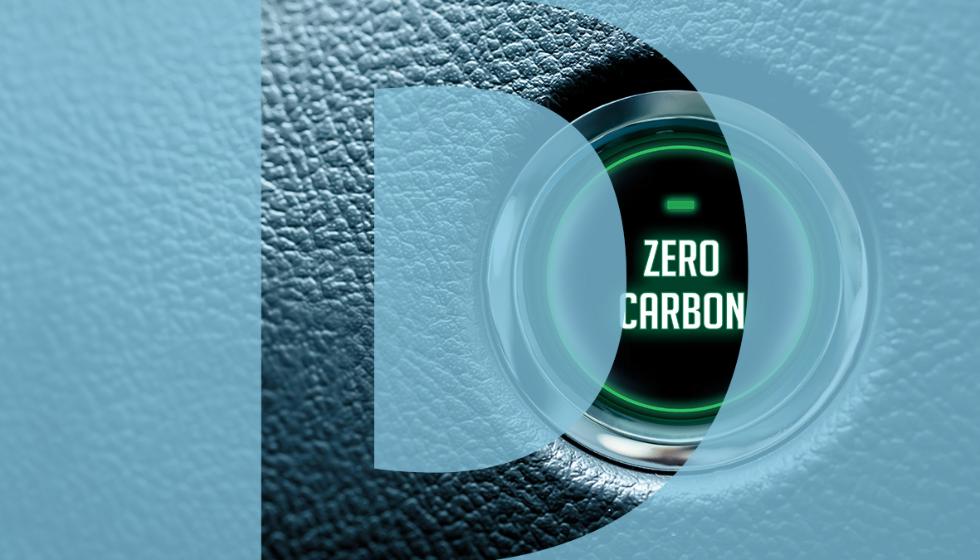
Decarbonisation refers to the conversion to an economic system that sustainably reduces or completely avoids the emission of carbon dioxide (CO2). The long-term goal is to create a CO2-free global economy. According to the Intergovernmental Panel on Climate Change (IPCC), the transport sector accounts for around 14 percent of global greenhouse gas emissions. This is one of the reasons why Volkswagen is focusing on e-mobility in its drive technologies. From 2020, the new ID.31 will be handed over to its customers with a CO2-neutral footprint. Volkswagen is working with suppliers and partners to achieve CO2-neutrality in the supply chain and in the manufacture of lithium-ion batteries. The battery cells are manufactured in Europe and the required energy is covered by green electricity. The Zwickau factory already uses external electricity from renewable sources. Unavoidable emissions in the manufacturing process are compensated through certified climate projects. Further decarbonisation potentials are being investigated carefully.
E is for Environmental Bonus
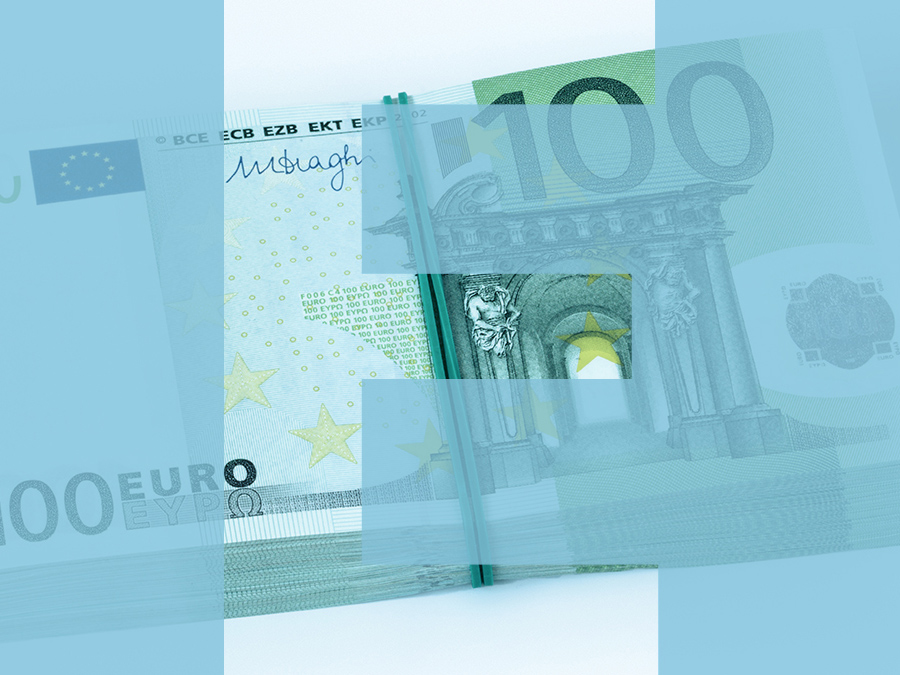
Many countries around the world provide government incentives to buyers of electric vehicles (BEV and PHEV). In Germany, this support is known as an Umweltbonus (environmental bonus), in the UK as a plug-in car grant, or in California as the California Vehicle Rebate Program (CVRP). In this way, the Federal Government wants to increase the attractiveness of new vehicles with electric and plug-in hybrid drive. Buyers of purely battery-operated cars in Germany receive 4,000 euros in support, while buyers of plug-in hybrids receive 3,000 euros. The highest premium for buying a BEV is currently granted in Romania: 10,000 euros, plus an additional premium of 1,500 euros for scrapping a car that is at least eight years old. Other countries – such as Norway – are strengthening electric mobility through the use of bus lanes, free charging points and exemption from vehicle registration tax, VAT (25%), luxury tax, registration fees for electric vehicles and parking and road charging fees in city centers.
F is for Factory
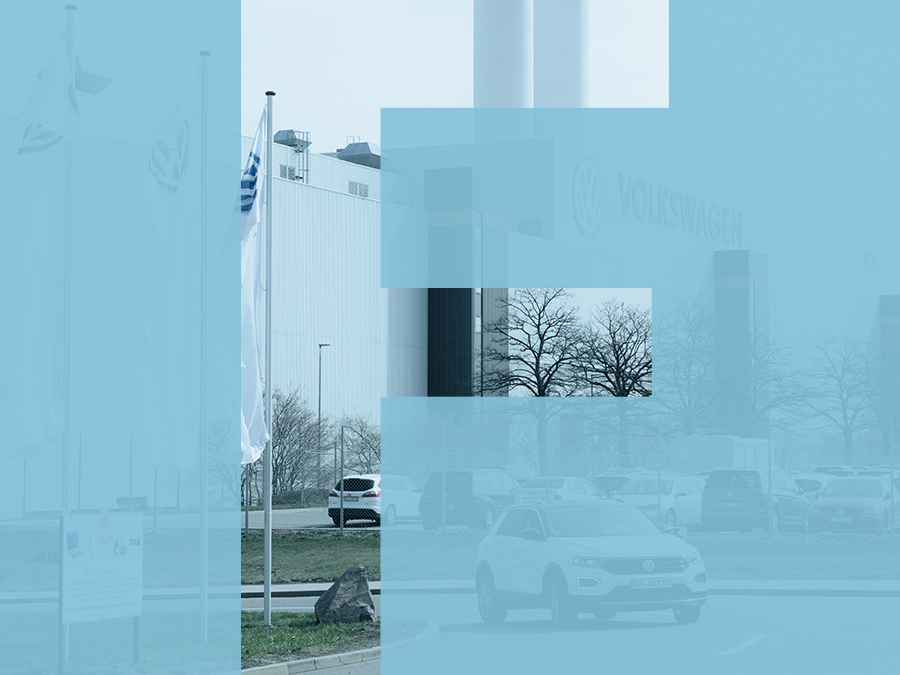
Volkswagen is consistently driving e-mobility forward. By 2028, the Group intends to market almost 70 pure e-models across all brands. To this end, Volkswagen is working at full speed to convert its factories worldwide to e-production. The first MEB location will be the Zwickau plant: production of the all-electric ID.31 will start here at the end of 2019, with further models to follow. The plants in Emden, Hanover and Dresden will also produce ID. Family vehicles. By 2022, eight locations worldwide in Europe, China and the USA will have completed the production of electric cars based on the ID. Family.
G is for Green Electricity
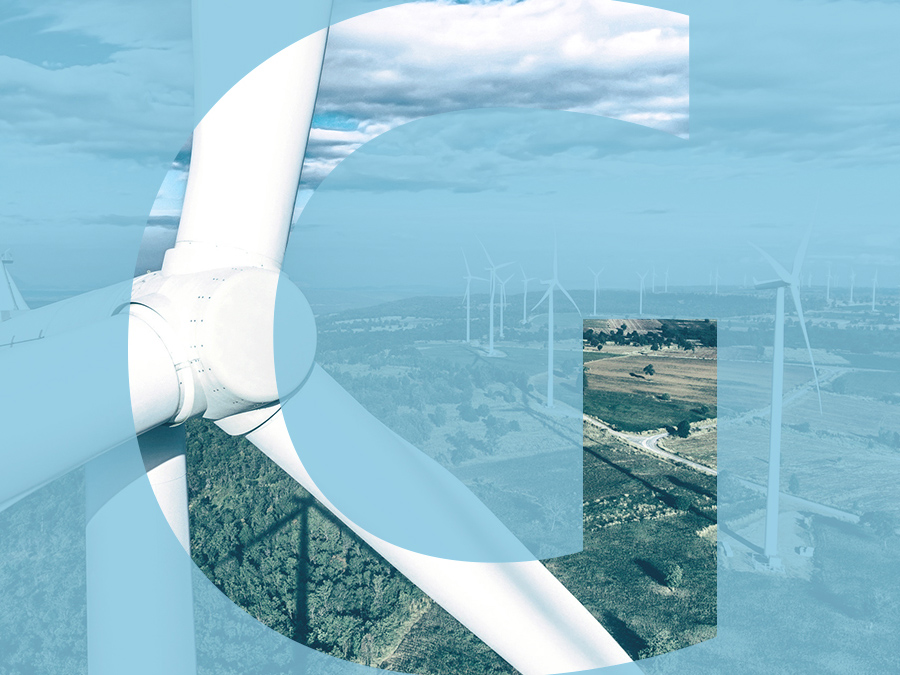
Green electricity is generated from renewable energy sources or environmentally friendly combined heat and power – the higher the proportion of green electricity in the energy mix from which the charging current is supplied, the better the CO2 footprint of an e-car. Through its new subsidiary Elli (Electric Life), Volkswagen offers a nationwide green electricity tariff for private households and small businesses with and without electric vehicles and offers green, 100 percent CO2-free electricity (Volkswagen Naturstrom®) from renewable sources. Further solutions will be offered at the market launch of the ID.31 in 2020 – such as intelligent electricity tariffs, wallboxes and charging stations. From the end of 2019, a charging card (We Charge) will also be available throughout Europe.
H is for High Power Charging
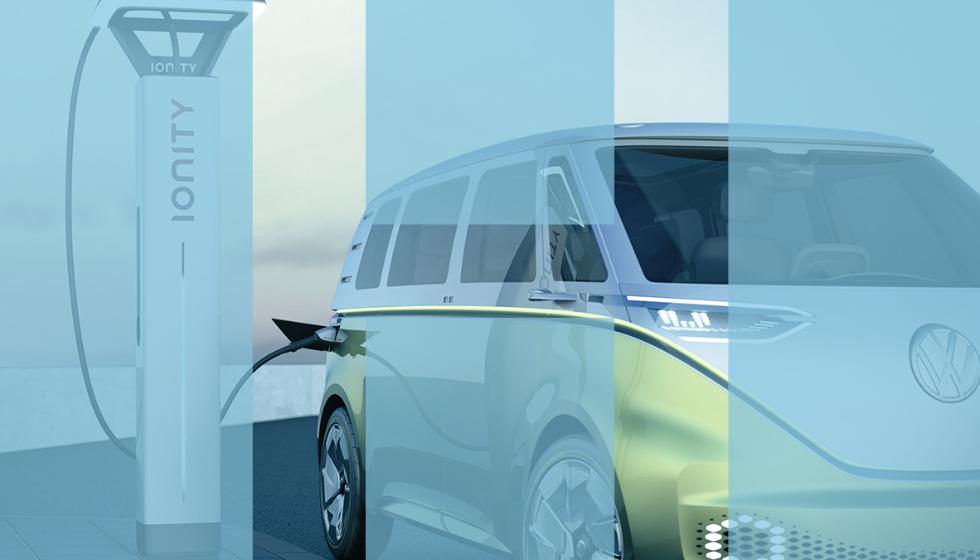
In order to make electromobility suitable for the long haul as well, the company IONITY, co-founded by Volkswagen, is currently setting up a Europe-wide network of fast-charging stations, so-called HPC (High Power Charging) stations, which offer a charging capacity of up to 350 kW. By 2020, 400 stations are to be built throughout Europe, each with two to twelve charging stations, the majority of which will be located directly at motorway service stations. IONITY has already gained partners in 19 countries and is constantly working on expanding its product range. The stations make it possible to charge the ID. Family starting in 2020 with up to 125 kW, with which the battery can be charged to 80 percent in just 30 minutes during a typical motorway break. This corresponds to a range of 150 to 260 kilometers, depending on the driving style.
With each of these initiatives, Volkswagen is pursuing the same goal: making charging easy, anytime, anywhere. Soon, e-car users will no longer have to think about the accessibility of the next charging station or the range of their vehicle. In this way, Volkswagen is making e-cars suitable for everyday use in a wide variety of scenarios, bringing electric mobility out of its niche and making it the real mass technology of the future.
I is for ID.
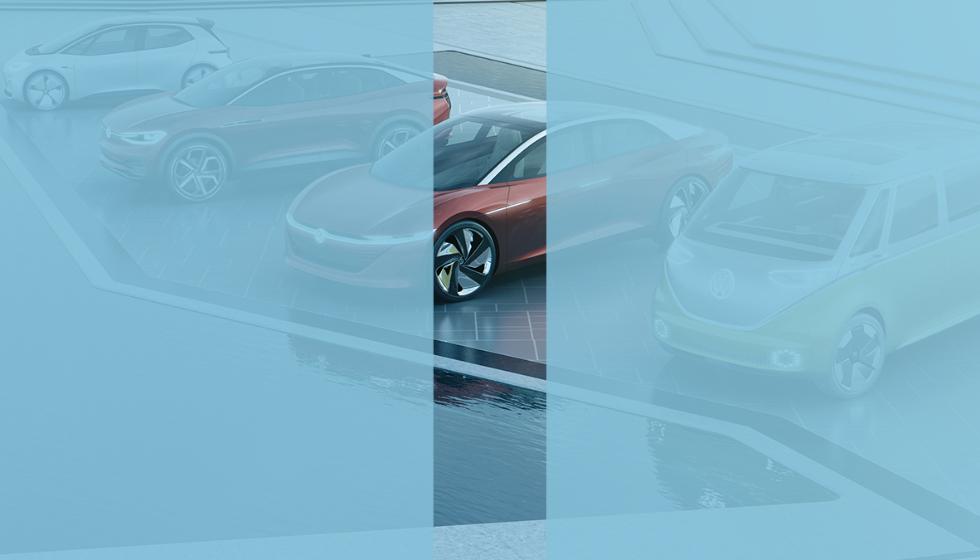
Volkswagen is driving e-mobility forward more consistently and with greater commitment than almost any other car manufacturer. By 2025, the Group intends to build and sell more than one million pure electric cars per year. Over the next five years, the Volkswagen Group will invest almost 44 billion euros in electric mobility, autonomous driving, new mobility services and digitization for this largest e-offensive in automotive history. This corresponds to around one third of total investments in the planning period from 2019 to 2023.
From 2020, Volkswagen will be launching the first models of the new ID. Family onto the market. The models of the ID. Family are specially designed for electric mobility and optimally exploit the potential of this technology. They offer long ranges, plenty of space, dynamic driving performance and a whole new level of digital networking. The first model to start production will be the compact ID.31 at the Zwickau factory at the end of 2019. A little later, follow the ID. BUZZ2, the limousine ID. VIZZION3 and the SUVs ID. CROZZ4 and ID. ROOMZZ5. In future, Volkswagen will offer attractive electric cars in every segment – from the compact class, to the large cult Bulli lifestyle vehicle. The brand aims to sell at least one million electric cars per year worldwide by 2025.
L is for Lithium-Ion Battery
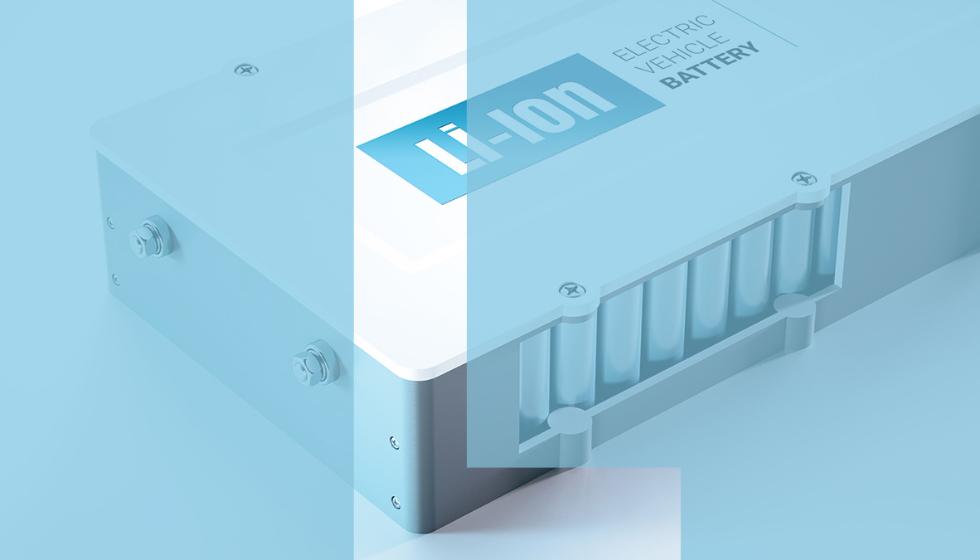
Due to its high energy density, the lithium-ion battery has been the preferred energy storage device for Volkswagen e-models for years. A lithium-ion battery cell consists of an anode (carbon, copper foil), a separator (porous polyolefin foil, ceramic-coated), a cathode (lithium metal oxide, aluminium foil) and an electrolyte (organic solvents, lithium conducting salt, additives). When charging, the lithium ions migrate from the cathode to the anode and are stored there. The electrical energy – fed in from the power grid – is converted into chemical energy. During the discharge process – to operate the electric motor – the lithium ions migrate back to the cathode. The chemical energy is then converted back into electrical energy. Basically, five main raw materials are needed to manufacture lithium-ion battery cells for electric cars. On the cathode side, a compound of the elements cobalt, nickel and manganese functions through its structure as a storage location for the lithium charge carrier, on the anode side this is graphite. Lithium is also contained in the electrolyte. Lithium is currently regarded as an unrivalled charge carrier that will be irreplaceable for the foreseeable future, as no other element offers comparable properties for automotive battery applications.
Since 2017, Volkswagen has bundled the development of lithium-ion batteries in the Center of Excellence Salzgitter, which is responsible for all battery cells in the Volkswagen Group. The battery systems are mainly manufactured at the Volkswagen components plant in Braunschweig. The Group Components division, which is responsible for the drive systems and will become an independent division in January 2019, is currently expanding this location in order to manufacture up to half a million battery systems annually in Braunschweig in the future. The dynamic development of lithium-ion batteries at Volkswagen lays an important foundation for the success of the newly developed ID. generation electric vehicles that will be produced from 2019 and will be available from 2020.
Continue -> The electric mobility explained...from A to Z - Part 2
Source: Volkswagen AG
Consumption value
1This vehicle is not yet for sale
2 Concept car
3 Concept car
4 Concept car
5 Concept car
